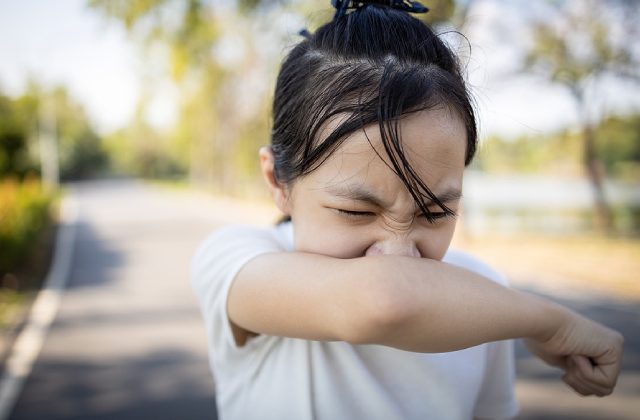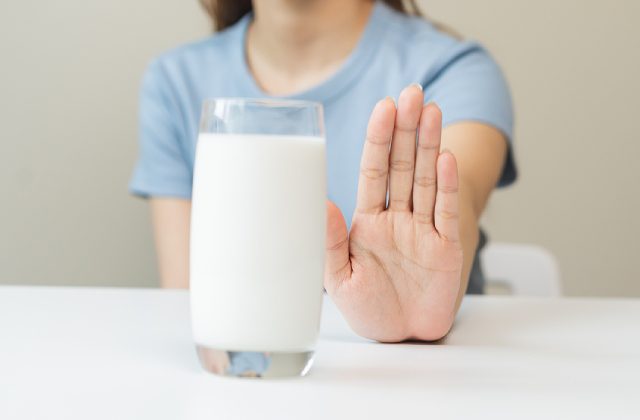
If your child has a food allergy, grocery shopping can be challenging. How do you distinguish between safe and unsafe foods? Do products indicate the possibility of cross-contamination? How do you read food labels?
This article explores Singapore’s regulations regarding food allergen labelling and some tips on what you should look out for when buying food products.
Food Allergies in Children
Food allergies are common in children and can be a source of discomfort. In some cases, allergic reactions can lead to anaphylaxis, which is life-threatening.
Other than going for an allergy test and getting medication like antihistamines and epinephrine, it is vital to reduce exposure by avoiding food products with allergen warnings on their labels.
Singapore Food Regulations and Ingredient Labelling
In Singapore, food labelling is managed by the Singapore Food Agency (SFA), which seeks to ensure that food sold in Singapore is safe and protects consumers from potential health risks. As such, SFA enforces regulations requiring companies to provide ingredient lists, thus minimising the risk of allergic reactions.
Under Singapore Food Regulations, all ingredients and additives in pre-packed food must be declared, with the ingredient weighing the most being listed first and the ingredient weighing the least being listed last. Hence, you can find out if any allergens are present by checking the statement of ingredients or the “Contains” section.
If you notice food names in parentheses, they are either constituents of compound ingredients or derived from allergenic sources. For example, you may see the following statements:
1. Batter (cornstarch, wheat flour, salt, sodium)
2. Sodium caseinate (from milk)
Certain foods and ingredients must be declared as they may cause hypersensitivity. Hence, look out for the presence of the following:
- Cereals containing gluten
- Peanuts, soybeans, and their products
- Eggs and egg products
- Milk and milk products
- Crustacean and crustacean products
- Tree nuts and nut products
- Fish and fish products
- Sulphites in concentrates of 10mg/kg or more
You should also look out for advisory statements such as “Warning: This product may not be suitable for asthma and allergy sufferers.”
Importantly, the statement of ingredients and “Contains” statement does not indicate allergenic ingredients unintentionally introduced into the products through contamination or carried over during manufacturing, transportation, storage, or any other means.
Precautionary Allergen Labelling (PAL)
If you’re concerned about the unintentional introduction of allergens, you can check the product’s PAL. It addresses cross-contact issues that may occur when different foods are produced in the same facility on the same production line or using shared equipment. It is typically denoted with “May contain [allergen]” or “Produced in a facility that processes food products that may contain [allergens]”.
As companies whose products contain PAL are required to provide justification, you do not have to worry about being unnecessarily restricted.
Conclusion
The best way to manage your child’s allergy is to reduce exposure. Hence, it is critical to read food labels when you’re grocery shopping. By checking the statement of ingredients, advisory statements, and PAL, you can keep your child safe from allergic reactions. For extra guidance regarding allergy management, consult Petite Practice, a paediatric clinic in Singapore.



